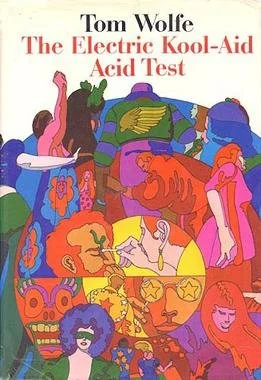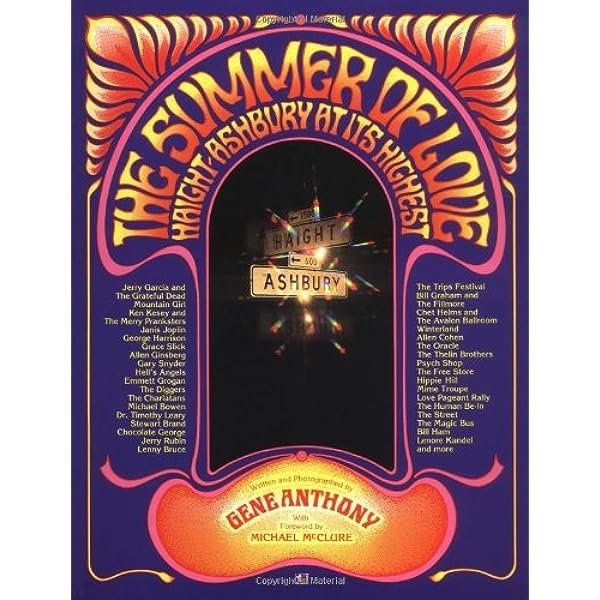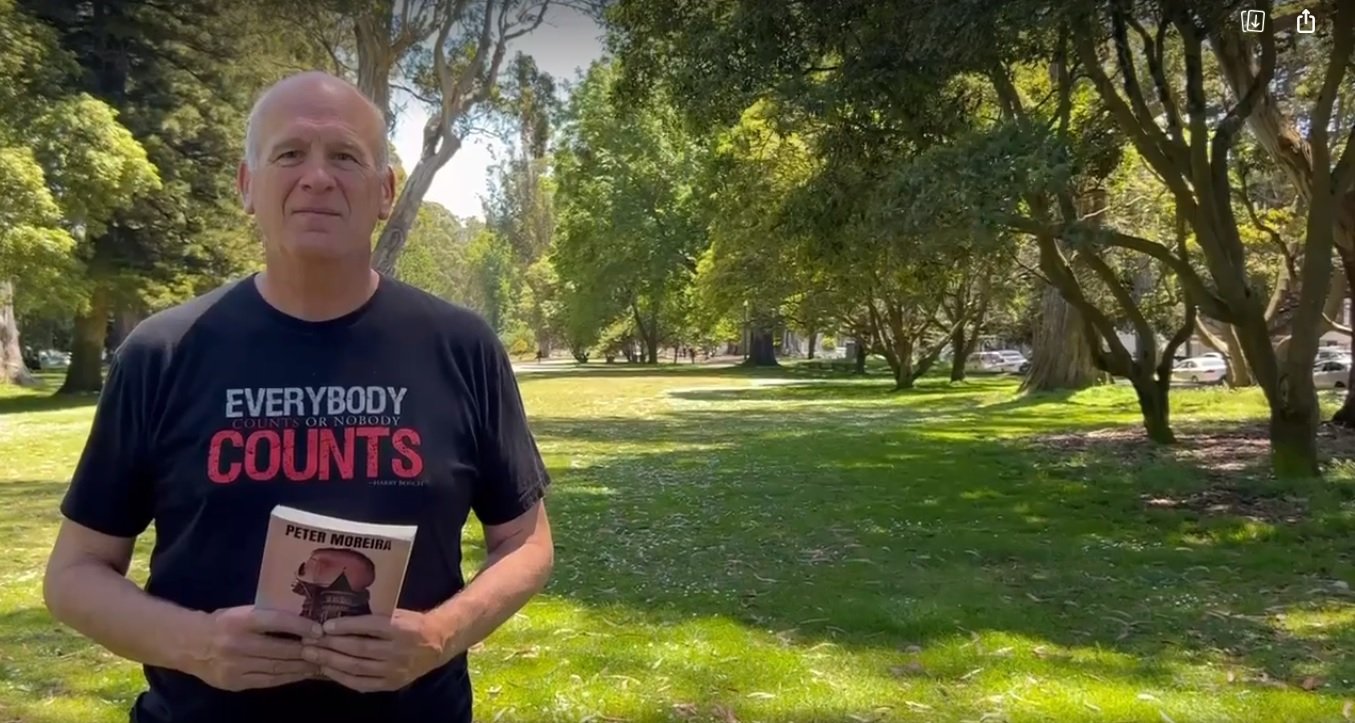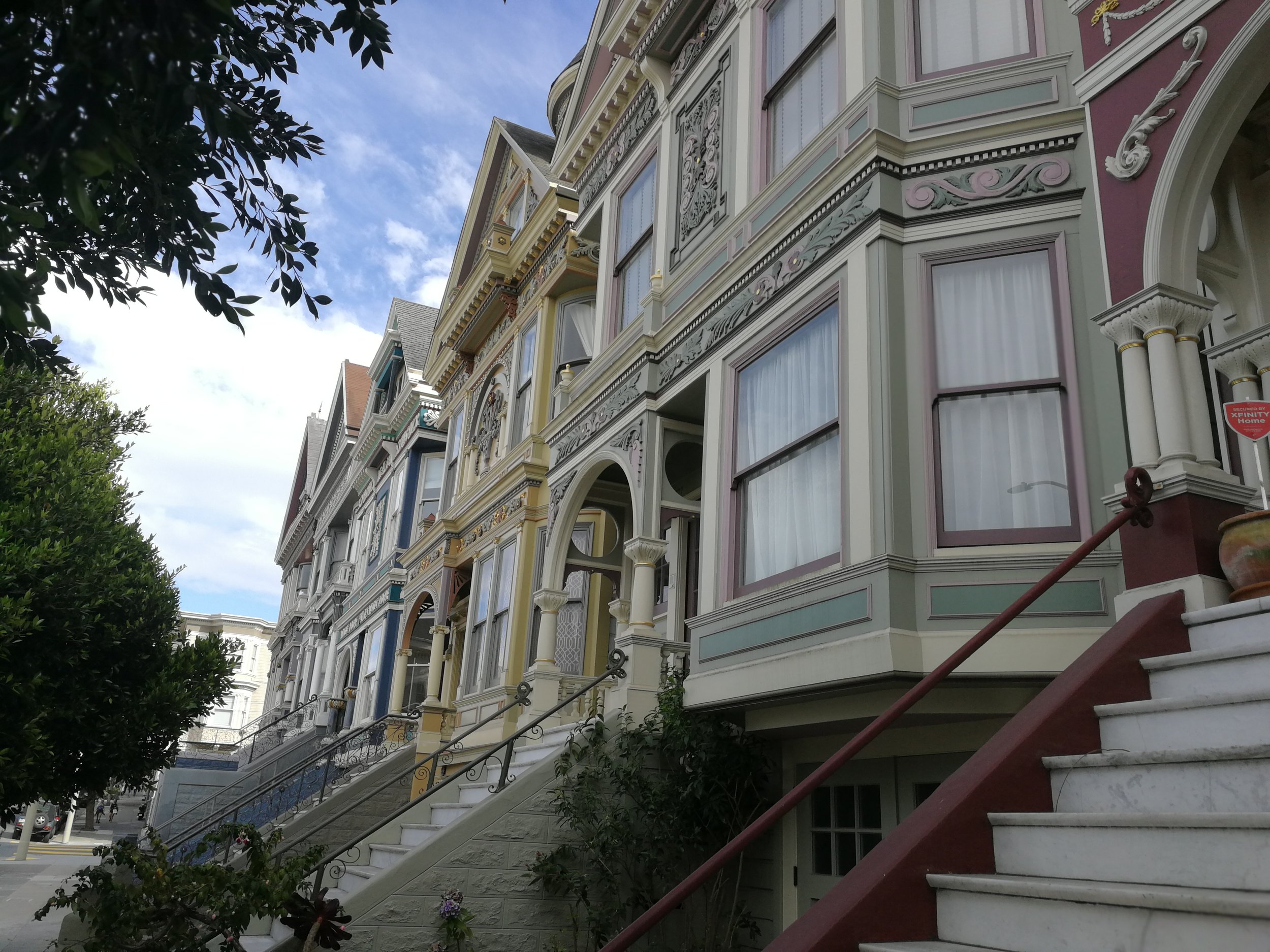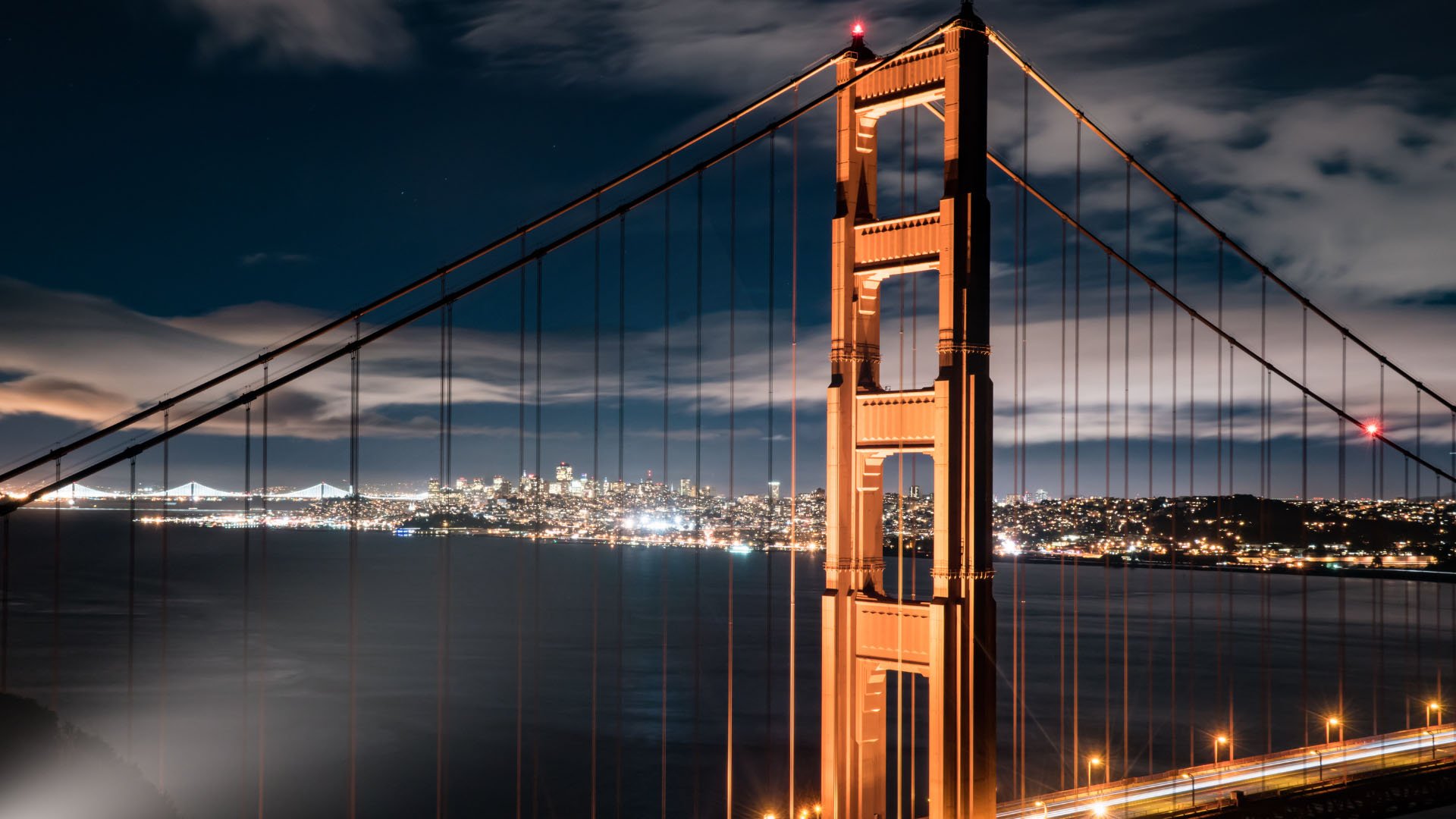
A COMPANION TO THE ASHBURY HIDEAWAY
Scroll down to learn all about Haight-Ashbury and Marie’s adventure there in 1967.
The Haight Mystery Series
I fell in love with Haight-Ashbury when I first hitchhiked to San Francisco from Vancouver in 1981. When I set my mind years later to writing whodunnits, I set my series in Haight-Ashbury in the late 1960s. My thinking: If other people love this time and place like I do, people will enjoy the books. The Ashbury Hideaway is a novella that introduces the series, and familiarizes the reader with the two principal characters, SFPD Lieut. Jimmy Spracklin and his daughter Marie.
Haight-Ashbury
Before the mid-1960s, Haight-Ashbury was just another San Francisco neighborhood. By 1965 and 1966, a group of hippies began to congregate in the area seeking a higher experience in life, fueled by a new drug called LSD. With such artists as author Ken Kesey and the Grateful Dead as standard-bearers, Haight-Ashbury quickly gained an international reputation as the epicenter of the flower power movement.
The Panhandle
Initially, Marie found a place to stay in a flop house across Oak Street from The Panhandle, a narrow strip of grassy parkland extending east from Golden Gate Park. In the late sixties, it would have been covered each day with hippies hanging out, chatting, playing guitars and singing. It was the perfect spot for a confused soul like Marie to find solace. (As you can see from the photo, I kind of like it as well.)
Ashbury Street
Though Haight Street is the main artery in the neighborhood, Ashbury Street was home to many of the icons of the Summer of Love. The Grateful Dead, Hells Angels and Janis Joplin all lived on Ashbury at the time. (Joplin’s old home, shown here, was up for sale in the summer of 2022, which I considered the ultimate in rock memorabilia.) Today, you can go to Ben and Jerry’s on the corner and have a Cherry Garcia ice cream just down the street from where its namesake used to live.
The Dead and The Angels
Across the street from 710 Ashbury (shown here) was the Hells Angels headquarters. The Dead were beloved and the Angels feared but they were friends. As the Dead’s lyricist Robert Hunter wrote, “A friend of the devil is a friend of mine”. Marie Spracklin’s 'Hideaway' was just uphill from these houses. She was a short walk from one house that was the epicenter of the peaceful flower power movement and another that was a hotbed for violent crime.
This map will help you follow Marie and Spracklin as they meander through Haight-Ashbury in the summer of 1967. The map isn’t large enough to include Sausalito, which lies ten miles to the north of Haight-Ashbury
The Summer of Love
The Ashbury Hideaway is set in 1967, the Summer of Love, when Haight-Ashbury exploded with hundreds of thousands of hippies flooding into the neighborhood. What I’ve tried to capture in The Ashbury Hideaway is the excitement and the terror these kids faced, and the pain it brought to many families. (Photo courtesy of Wikimedia Commons.)
A Desperate Teenager, A Broken Family
The Ashbury Hideaway tells of sixteen-year-old Marie Spracklin’s flight to Haight-Ashbury amid a huge falling out with her father, SFPD Lieut. Jimmy Spracklin. While Marie tries to live off her wits in Haight-Ashbury, her father spends days searching for her among the hippies and deadbeats who have drifted into San Francisco.
Sausalito
The Spracklins live in Sausalito, just a short trip over the Golden Gate Bridge from San Francisco. It’s known mainly as a bedroom community and tourist town. Though Sausalito is only 10 miles away from Haight-Ashbury, in 1967 the two neighborhoods were worlds apart. Today, there’s no more pleasant jaunt in San Francisco than taking the ferry out to Sausalito, with great views of Alcatraz and the Bridge.
1966 vs 1967
Though 1967 is known as the Summer of Love, the old-timers in Haight-Ashbury insist the pinnacle of the movement took place in 1966. Ken Kesey was still conducting his “acid tests” and the hippies were still experimenting with a higher consciousness. Until October, LSD was still legal. These people feel that the kids who flooded to Haight-Ashbury in ’67 mainly just wanted to get wasted, and the pioneering spirit of the original movement had been lost. Gene Anthony's landmark book The Summer of Love, sadly out of print, deals almost entirely with 1966.
Victorian homes
I’ve tried in all the books in The Haight Mystery Series to capture the glorious houses found in the neighborhood. The wooden “stick” houses, most them Queen Anne style, became symbols of Haight-Ashbury, seen in photos of the Dead outside their house or on the cover of Jefferson Airplane’s album, After Bathing at Baxter’s.
The Grateful Dead
No one embodied the spirit of Haight-Ashbury more than Jerry Garcia, Bob Weir and their bandmates in The Grateful Dead. Famed for their rambling concerts, The Dead lived at 710 Ashbury Street from 1966-1968 – less than two years, but their residency left a lasting impact on the area. The Dead were and are adored in the neighborhood, not just because they were such great artists, but because of their genuine friendliness. (Photo courtesy of Wikimedia Commons)
Sexual Exploitation
The Diggers, a group that provided free meals to hippies, were known to say "Rape is as common as bullshit on Haight Street." The ethos of the day spoke of "free love" but young girls, many of them drugged, confused and under-aged, were often trapped and exploited in this world. Marie Spracklin was in constant danger of falling victim to predators. (Photo courtesy of Pete Johnson, Wikimedia Commons)
Haight-Ashbury Today
The Haight today is fun – just, plain fun. If you’re in San Francisco, stop by for a visit. Check out the tie-dye shirts at Love on Haight (Shown on the left). Have a beer at Magnolia’s or a java at Coffee to the People. Take a selfie outside 710 Ashbury or take in the drum circle on Hippie Hill on Sundays. For brilliant insights into the neighborhood, join the Haight-Ashbury Flower Power Walking Tour, led by my friend Stan Flouride (Shown on the right).
Want To Learn More?
As well as The Summer of Love , mentioned above, here are my favorite books about Haight-Ashbury. All give great insights into what happened in the Haight in the late 1960s, though they don't focus exclusively on Haight Ashbury.
The Electric Kool-Aid Acid Test, by Tom Wolfe. I often wonder if Haight-Ashbury would have the same international appeal if Wolfe hadn't written this book. I also wonder if Wolfe would have been so successful if he hadn't written about Ken Kesey and the Haight.
Season of the Witch, by David Talbot. A monumental history of San Francisco in the second half of the 20th Century.
A Long Strange Trip, by Dennis McNally. Superb history of the house band of Haight-Ashbury.
Slouching Towards Bethlehem, by Joan Didion. Didion's essay on Haight-Ashbury is only 44 pages long but captures beautifully the time and the place.
Cool Gray City of Love: 49 Views Of San Francisco, by Gary Kamiya. Okay, it's not really about Haight-Ashbury. But if you love San Francisco, you'll love this book.
The Story Continues . . .
If you like The Ashbury Hideaway, I hope you’ll continue reading the series. In The Haight, Jimmy Spracklin is called into an old house in the neighborhood where an artist has died after someone spiked his heroine with silver cyanide. Marie is still missing, and Spracklin has the dual mission of catching a killer and bringing home his daughter.









